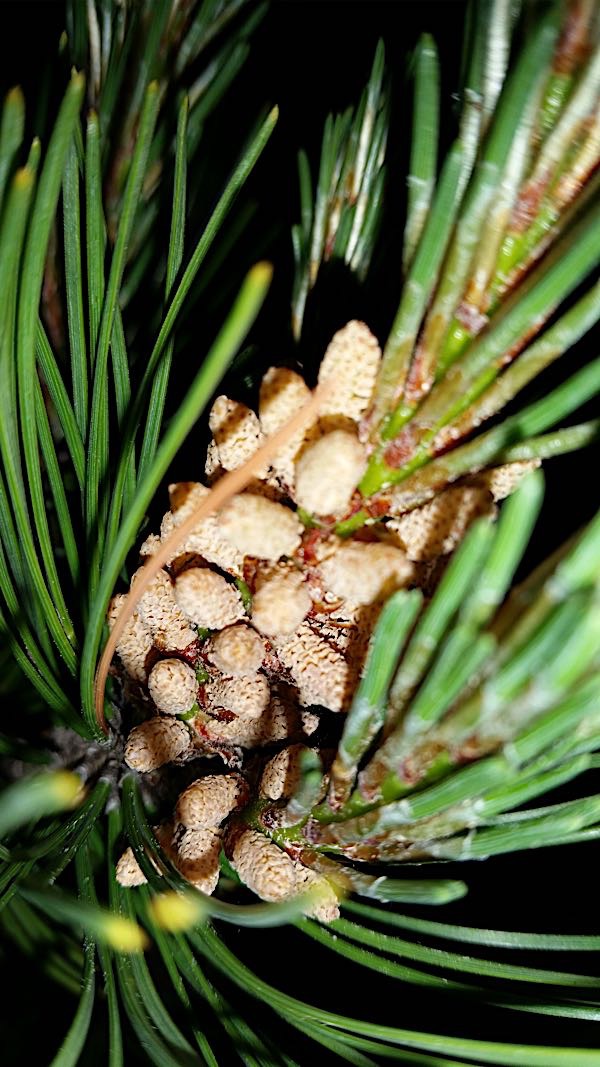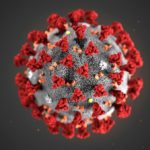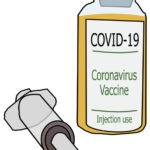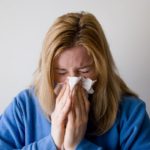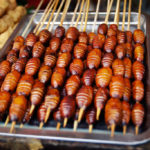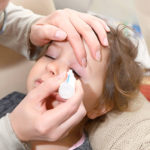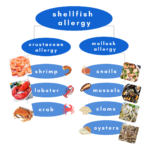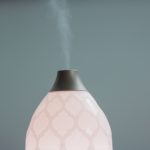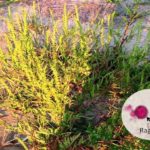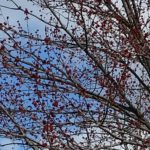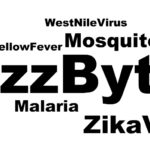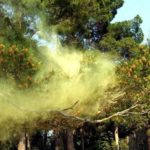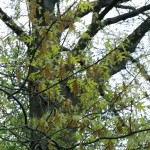allergies, allergy, allergy shots, allergy symptoms, Dr. Donald Dvorin, Dr. Marc Goldstein, eye allergies, grass pollen, local pollen count, oak tree pollen, pine tree pollen, pollen, pollen count, spring, The Asthma Center, tree pollen
Dvorin & Goldstein Field Questions: Pollen & Allergy Misery
Today’s only official Pollen & Mold Spore Counts for the Delaware Valley:
Tree Pollen is Very High. Even though there was light rain in our region, tree pollen volume increased. This is primarily due to a surge in Pine Tree pollen which today accounts for nearly 60% of all tree pollen volume. It’s difficult to comprehend, but today there’s more than 20 times as much Pine tree pollen in our local air samples compared to yesterday. Mulberry tree pollen is edging out Oak—together, however, Mulberry and Oak tree pollen account for another estimated 35% of all tree pollen.
According to Dr. Dvorin, the peak of Pine Tree pollen is close, but still hasn’t arrived—more info to come on Pine Pollen Allergy!!
Grass Pollen remains steady at Moderate levels.
Outdoor Mold Spores doubled in volume and are Very High.
The Questions:
Dr. Dvorin came into work early today so that he could not only collect and count today’s air samples, but also so that he could answer questions from subscribers who receive The Asthma Center’s Daily Pollen and Mold Spore Count direct to his or her inbox. Likewise Dr. Goldstein started his day early to help address the questions that are pouring into The Asthma Center.
We hear the same questions (and sneezing) from members of the media, cashiers at our local 7-11s and WaWas, and the person sitting next to us on our commuter train, and the list goes on and on. We also hear the same questions from our patients (new and current) who are looking to The Asthma Center for ways to find relief from allergy misery.
“And the two questions I am most often asked: why are my symptoms so bad this year and when will tree pollen ‘lighten up or end’? Another question I hear is why can’t I ‘forecast’ the pollens or at least make a ‘projection’? ” reports Dr. Dvorin.
“People want answers, they want to feel better, and they want to get outside!” says Dr. Goldstein.
After counting today’s sample, Dr. Dvorin spent time reviewing the 2016 Tree Pollen counts through today compared to other years. Based on more than 25 years of historical data, in a “typical” spring, tree pollen season would begin mid-March, peak volume would be observed during the last week of April-first week of May. The end of pollen from “hardwood” trees (including Oak) would be seen approximately by the end of the first week of June with Pine Trees pollen continuing until July.
“2016 [Spring Pollen Volume] has been anything but typical,” says Dr. Dvorin shaking his head. “It’s been a roller coaster with the weather and for pollen, particularly Tree Pollen, and dispersion in the air. There’s been disruption to the usual process with pollen released later in the day versus the typical early morning peaks. Just different, and–the peaks of Pine Tree Pollen and Grass Pollen still haven’t arrived. “
But there’s more to it than just the weather and pollen volume, Dr. Dvorin explains. “First there’s always things that change—when I’m helping individuals—new to our practice or a current patient–with spring hay fever symptoms get relief, we have to remember that a person’s sensitivity can change from year to year, and so can his or her response to a treatment plan.”
“Our board certified Allergists investigate quickly when an individual reports “this year I feel worse,” Dr. Dvorin adds. “Our bodies change, or exposure to allergens change, lots of things change, so investigation including allergy skin testing becomes essential. Sometimes a medication becomes ineffective or just doesn’t work any more or we need to try to maximize a medication regimen or consider the best treatment available, and that’s allergy shots!”
According to Dr. Goldstein, “Here’s why allergy shots make such a difference—Allergy shots are disease-modifying, which means they [allergy shots] don’t just treat the symptoms, but allergy shots prevent symptoms before they ever start.”
What Is The “Priming Effect” ?
It can be confusing when allergy symptoms persist even after exposure to a triggering allergen decreases or stops (for example, when pollen volume levels are lower or at the end of a particular pollen season.) The variable that must be then considered is the well documented and recognized phenomena of “the priming effect.”
Dr. Goldstein explains, “The ‘priming effect’ is set up during the early periods of exposure to a pollen (as in the beginning of tree pollen season). Depending on an individual’s level of allergic sensitivity, symptoms typically are experienced with higher levels of pollen. As the season progresses and exposure to the relevant pollen diminishes, “priming” accounts for why less pollen exposure in the air continues to provoke the same allergic misery.”
Another thing to consider with the “priming effect:” If an individual has allergies in the nose, eyes, and chest, once there is nasal, eye, or lung inflammation from an allergic trigger (like Tree Pollen), an individual will be more sensitive to even non specific irritants (pollutants, odors, smells) that normally would not trigger symptoms.
Dr. Dvorin on Pollen “Forecasts”
“I’m asked that again and again,” says Dr. Dvorin. “Number 1 reason—currently there is no published, scientifically validated model for pollen forecasting. Empirically, when we compare our pollen data with the forecasts that are out there—available on the internet and phone apps, the correlation is poor. When we take into account the symptoms experienced by the patients in our clinical practice, again, the correlation with pollen forecasts is poor.”
“We are working on a forecast model at The Asthma Center for metropolitan Philadelphia,” stated Dr. Dvorin. “I’m not saying it’s impossible, but a validated model is not available yet.”
What can you do?
“Follow our pollen counts and pollen blogs,” says Dr. Dvorin. “I’ll keep you as informed as I can about ‘what’s in the air, and be proactive about treatment—if you’re having a bad time now, find out exactly what you’re allergic to, and keep history from repeating itself!”
For those suffering from terrible allergies right now, if over-the-counter (OTC) medications are not helping, you may want to start thinking about ways to prevent “history repeating itself” next spring. For example, if you are allergic to tree or grass pollen, Allergy Immunotherapy (Allergy Shots) or perhaps oral immunotherapy grass tablets may be helpful to get through the grass pollen season next year. If you are allergic to multiple kinds of pollen (tree, grass, ragweed, and/or other weeds), allergy shots are extremely effective in reducing the acute symptoms of nasal allergy such as sneezing and congestion (just to name two.) Allergy shots are also beneficial if you have multiple pollen allergies and experience other symptoms such as fatigue, sinus headache, mental “fogginess,” and cough, which are all symptoms often associated with severe allergies.
Be sure to check back in for The Asthma Center’s Daily Pollen and Mold Spore Count, the Delaware Valley’s ONLY official count station which is certified by the National Allergy Bureau.
Subscribe
to receive our daily counts by email or check out some of our other blog posts to learn more about what is in the air, how it can affect you, and what you can do about it.
Make an appointment to see an allergist – Why Choose Us?
The best way to fight your allergies is to visit a board certified allergist, learn what your allergies are, create a treatment plan, and adjust as needed. No two allergy sufferers are alike, so don’t rely on over the counter medications when you could be targeting your symptoms with the help of our allergy experts!
Recent
Popular

